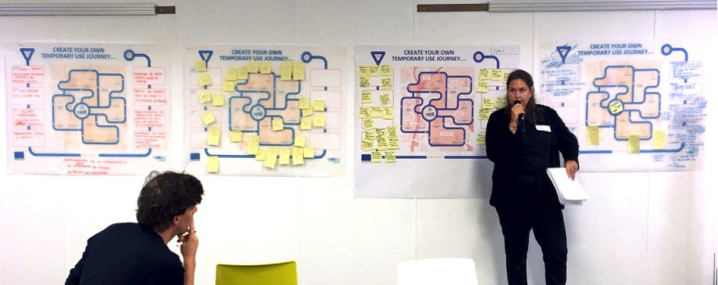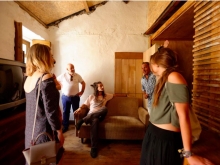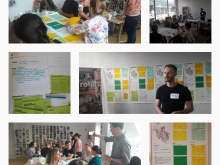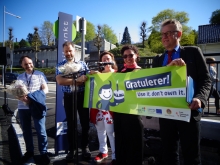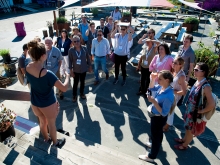Bremen
The Hanseatic city of Bremen is the second most populous in northern Germany, with a metropolitan population of 2.4 million people. The city itself is situated on the River Weser, 60km inland from the North Sea, where Bremerhaven is its seaport. It is a commercial and industrial city with a port on the river. Bremen is historically associated with shipbuilding and food production. Today its small remaining shipyard produces bespoke vessels, especially for the yachting and military sectors. The city also produces coffee, beer, chocolate, sausages and fish. Its large plants include Mercedes-Benz and Airbus Deutschland.
Yet even if Bremen remains one of the most competitive areas in Europe, it has undergone major structural change. Many of its shipyards closed in the 80s and 90s, and most of its river port buildings have been demolished, leaving empty brownfield sites. Despite some 25% of the population being of foreign origin, mostly Turks, the population is ageing and the city is no longer growing. The unemployment rate in 2013 was 11%, compared with a national rate of 7.3%.
The city’s economy has been moving towards business services, which now employ as many people as manufacturing and is the fastest growing sector. The municipal authorities have made a priority of finding new uses for vacant former industrial buildings and brownfield sites to revitalise the city’s economy. They also hope to attract and keep some of the 19,000 students who attend its four universities. There are many scientific research institutes based here, particularly in marine biology.
Article
4 ways cities are breathing life back into empty spaces
Article
Plan your own temporary use journey!
Article
We must provide alternatives to car ownership!
Article
Humble superheroes needed
Article

